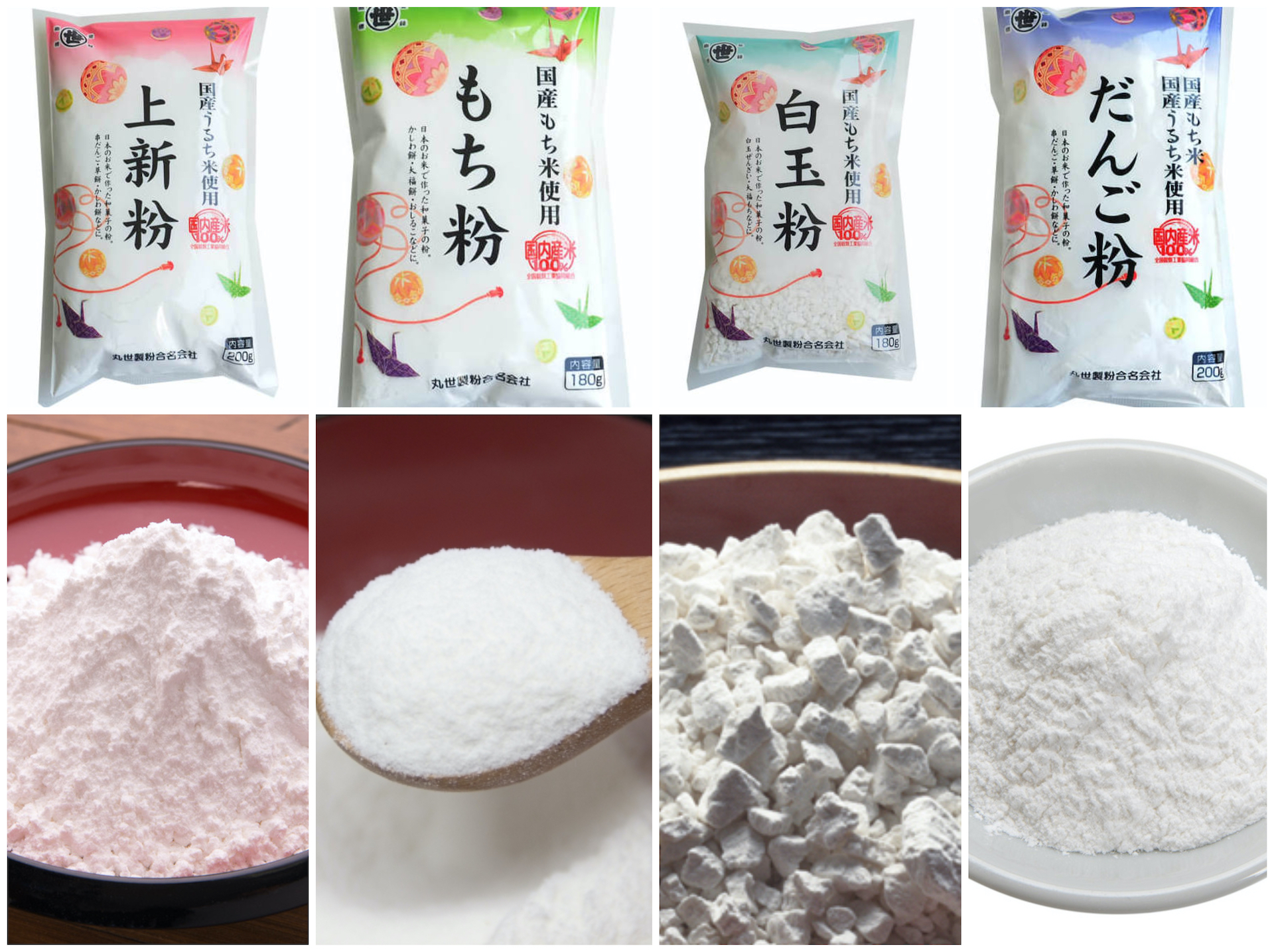
Kitchen Culture Cooking Club
EXPLORE and PRACTICE Japanese cooking in your own kitchenAbout Kitchen Culture Cooking Club
Welcome to the Kitchen Culture Cooking Club, a community space providing encouragement to those who want to EXPLORE and PRACTICE Japan’s washoku wisdom in their own kitchens.
To facilitate this, themed projects will be posted to this page periodically. Project Assignments and links to relevant reference material stored on this site will be posted to this page. Anyone, anywhere in the world, with a sincere interest in Japanese food culture is welcome to browse the contents of this page and then replicate the themed project in their own kitchen.
For those who wish to display-and-discuss their projects with like-minded people, I invite you to join the KITCHEN CULTURE Cooking Club Facebook Group (formerly the TSUDOI Project), an interactive community space.
PROJECT Rice Flour

米の粉
PROJECT: Komé no Kona
Rice Flour
In Japanese cookery there are four types of rice flour that are commonlyused. One is made from uruchi mai or “table rice,” several are made from mochi-gomé or “sticky rice” and one is made from a combination of them. The different rice grains are processed by slightly different methods, producing flours of varying texture and viscosity. This viscosity is what the Japanese call NEBARI or “stickiness.”
With wheat flour the degree of stickiness, elasticity or chewiness usually depends on the amount of gluten in the flour and there are high-gluten flours (“hard wheat”) best suited to making bread and noodles… and there are low-gluten flours (“soft wheat”) more suitable for cakes and many cookies.
When it comes to RICE FLOUR, ALL KINDS are GLUTEN-FREE.
Different rice flours can be characterized as high nebari (very sticky, chewy), moderate nebari (less sticky), and low nebari (barely sticky). Depending on the texture and amount of binding action you want in the final product, choose the most suitable rice flour.
This Kitchen PROJECT is about understanding the different kinds of rice flours and how to use them. I’ve created a GUIDE to RICE FLOURS that can be downloaded for your reference.
Then head to the Kitchen Culture page to find out about tsukimi moon-viewing dumplings and how to make them. The classic version calls for using DANGO KO with moderate nebari (my choice when topping them with black sesame sauce or crushed édamamé zunda sauce).
If you prefer very chewy dumplings (my choice when I am topping them with powdery kinako and/or cinnamon) make them using MOCHI KO or SHIRATAMA KO.
If you like a softer more marshmallow-like texture, you’ll find JŌSHIN KO will be best.
To really understand the difference between and among the rice flours, try making the tsukimi dango dumplings with each of the four rice flours and compare.
My September 2022 newsletter is all about TSUKIMI DANGO.
Recipes and Resources
Stock (Dashi)
Dashi stock is essential to making soups and simmered or stewed dishes. Dashi is also used when making many egg dishes and all sorts of sauces, dips and dressings. Using good dashi will make a noticeable difference in the outcome of so many dishes you prepare.
Click to download recipes for (vegan) Kelp Alone Stock or Standard Sea Stock + Smoky Sea Stock
How to Cook Rice
In Japanese, the word for cooked rice, ご飯 GOHAN, is the same as the word for a meal, ご飯 GOHAN. Indeed rice is central to the meal. Download the Rice with Mixed Grains recipe.
How to Prepare Sushi Rice
Sushi dishes are made with rice that has been seasoned (with sweetened vinegar) AFTER being cooked. Download the Classic Sushi Rice recipe.
Quick Pickles
The Japanese enjoy a wide variety of tsukémono pickles, many can be assembled quickly and are ready to eat within a short time.
Download a recipe for Quick-Fix Hakusai Cabbage.
No Results Found
The page you requested could not be found. Try refining your search, or use the navigation above to locate the post.
